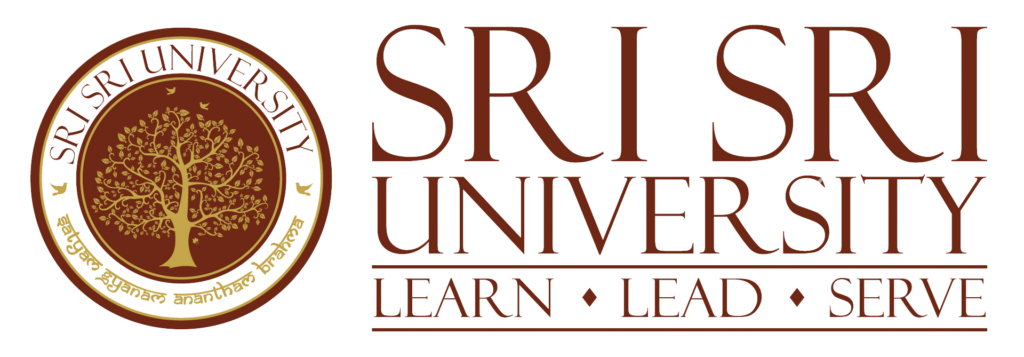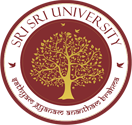SDG 14.3.3
Supporting Aquatic Ecosystems Through Action
Maintain ecosystems and their biodiversity (direct work) Work directly (research and/or engagement with industries) to maintain and extend existing ecosystems and their biodiversity, of both plants and animals, especially ecosystems under threat.
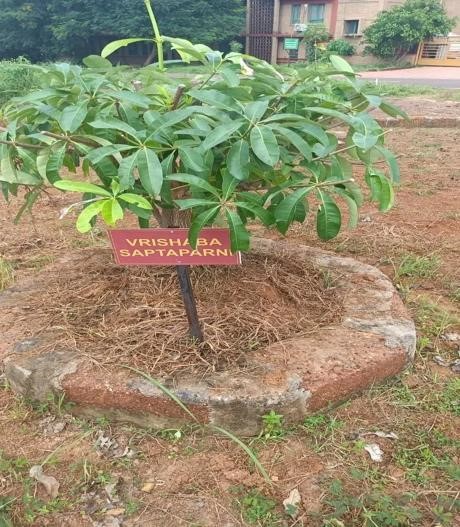
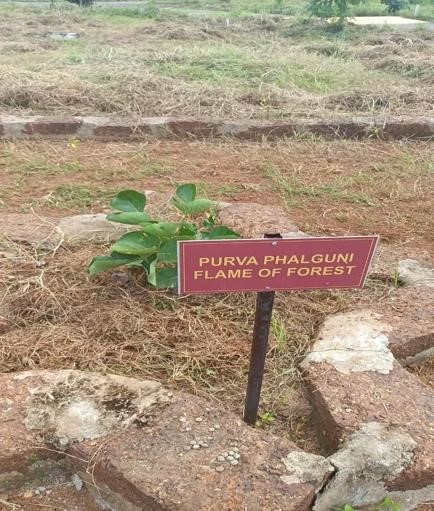
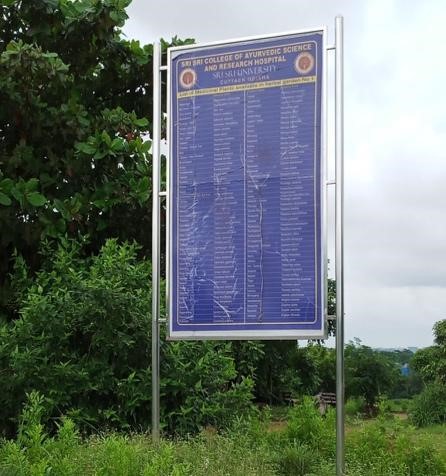
Plate 14.3.3 (a) Some Pictures of Nakshatra Vanam
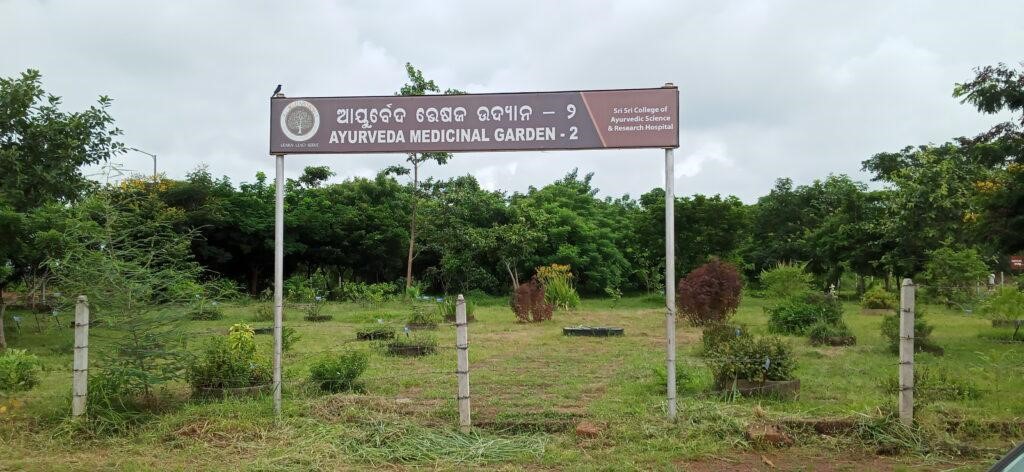
Plate 14.3.3 (b) Some Pictures of Ayurveda Medicinal Garden – https://ssuaych.org/botanical-garden/
Description
- Lot of initiatives have been taken to work along with Industries, and Govt. agencies to maintain and extend the existing ecosystem
- Sri Sri University campus has various land uses in its proximity. The wetland is one of the lands uses, which is home to different bird species like the Painted Stork, Asian Openbill, Large Egret, Cattle Egret, Intermediate Egret, Small Cormorant, Large Cormorant, White-throated Water Hen, Bitten and many species of ducks. These species are under regular monitoring by the University. Efforts are taken to maintain the ecological value of wetlands. The wetland is prevented from sewage outfall and dumping of garbage.
Sri Sri University maintains 2 Medicinal gardens which have more than 20 endangered species of plants and a total of more than 250 plant species. Sri Sri University also has a unique Nakshatra Vanam (Plantation according to Stars) to conserve biodiversity with novel approaches.
Comments:
Sri Sri University prioritized biodiversity conservation in its setting and infrastructure. University maintains two medicinal gardens and one Nakshatra Vanam which is open to local communities and visitors. Sri Sri university made efforts to conserve the natural biodiversity and monitor it at regular intervals. University organizes several events for sapling donation, plantation drives and awareness of animal conservation. In plantation drives, only native species are preferred which benefits to conservation of the existing ecosystem. Sri Sri University encourages plantation by the chief guests, and international visitors. it resulted in a multifold increase in the flora and fauna population inside the campus.
